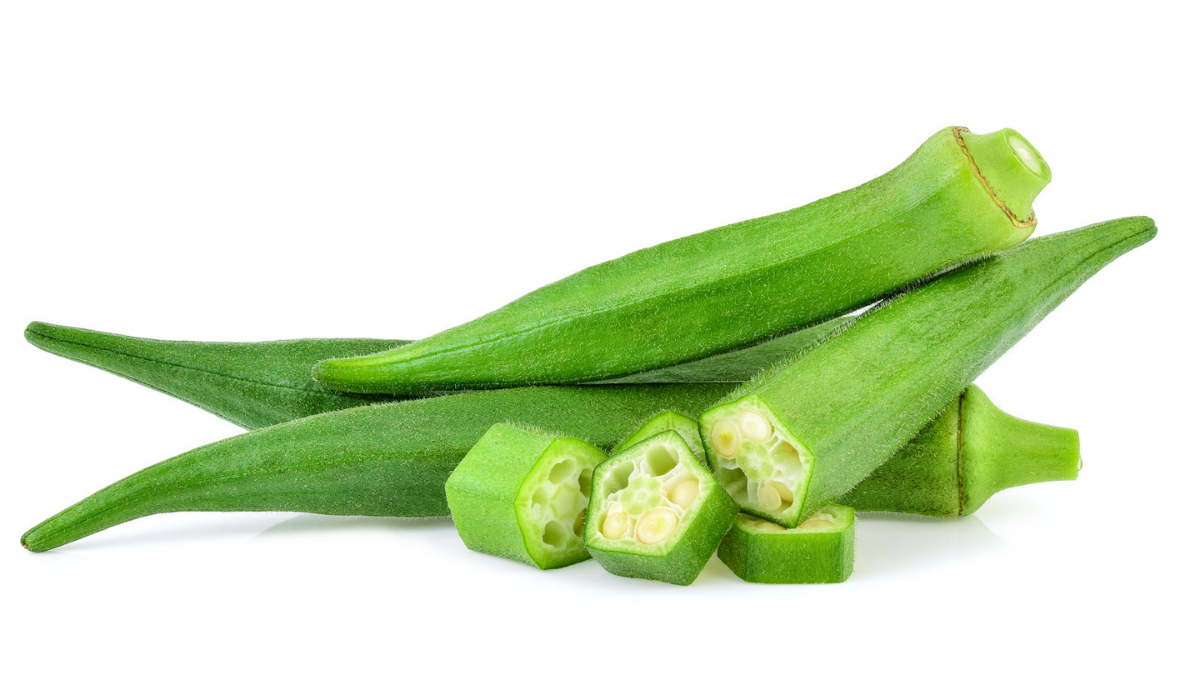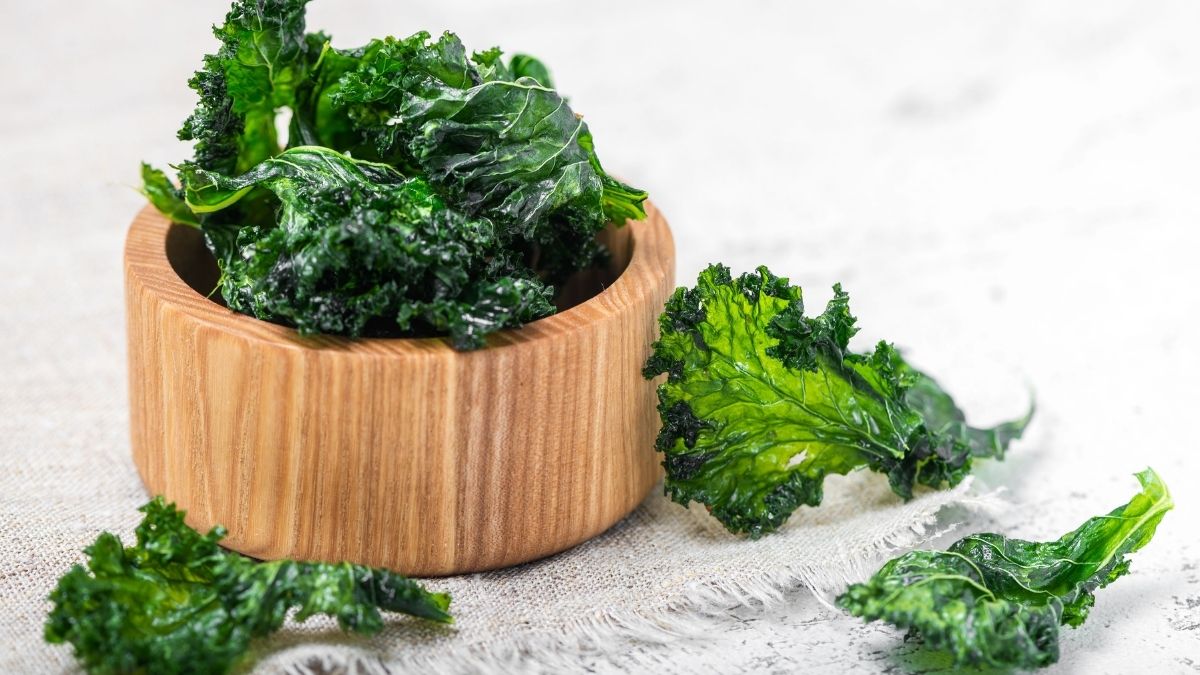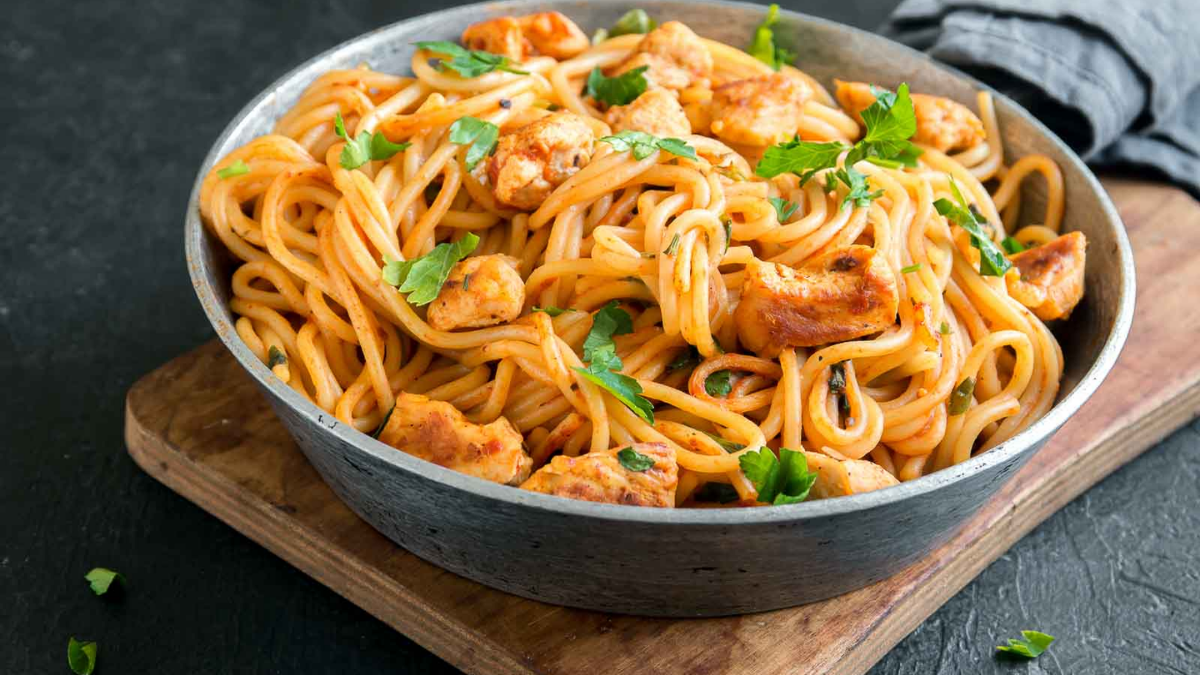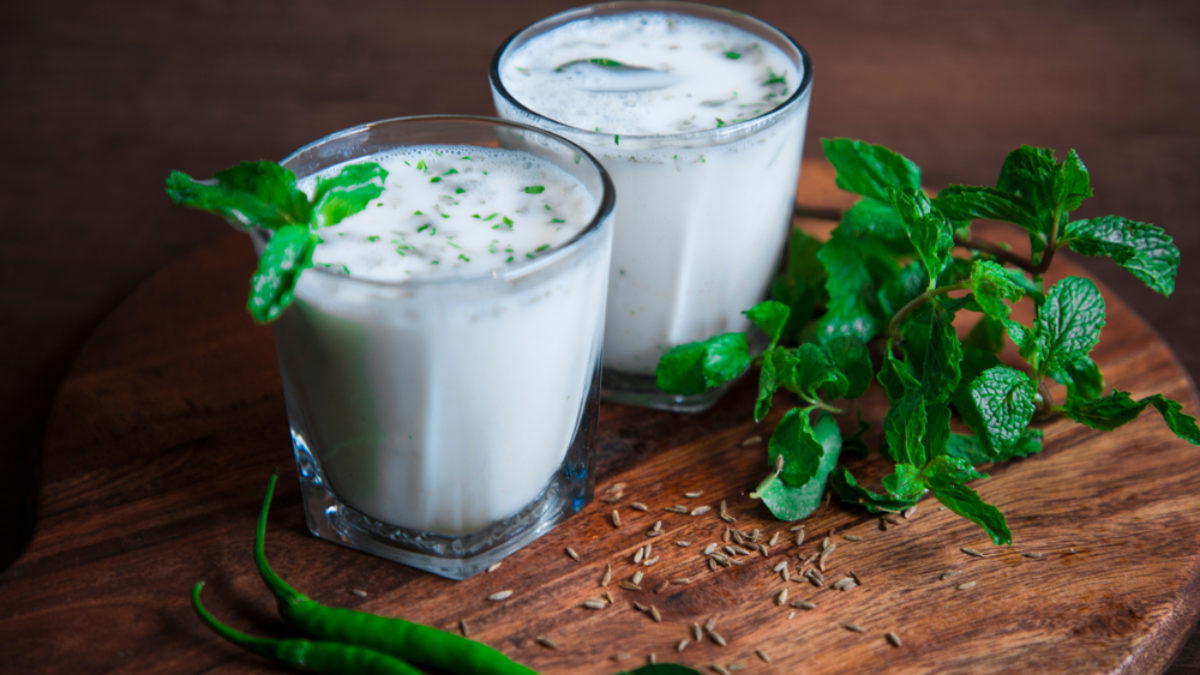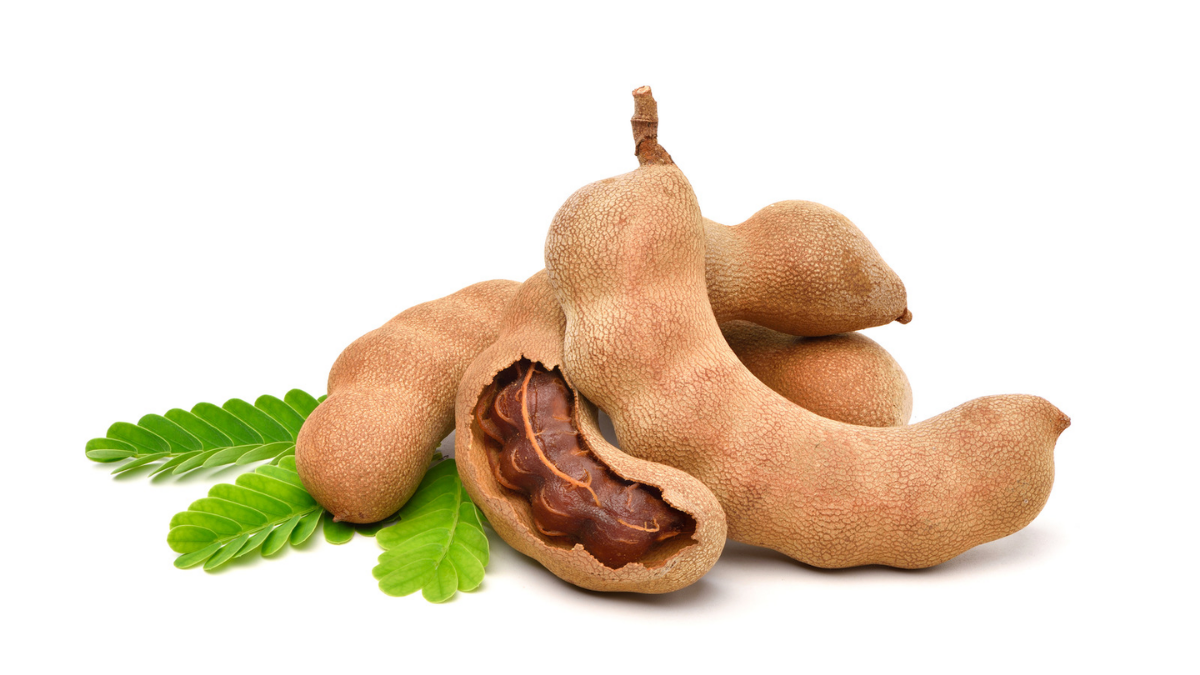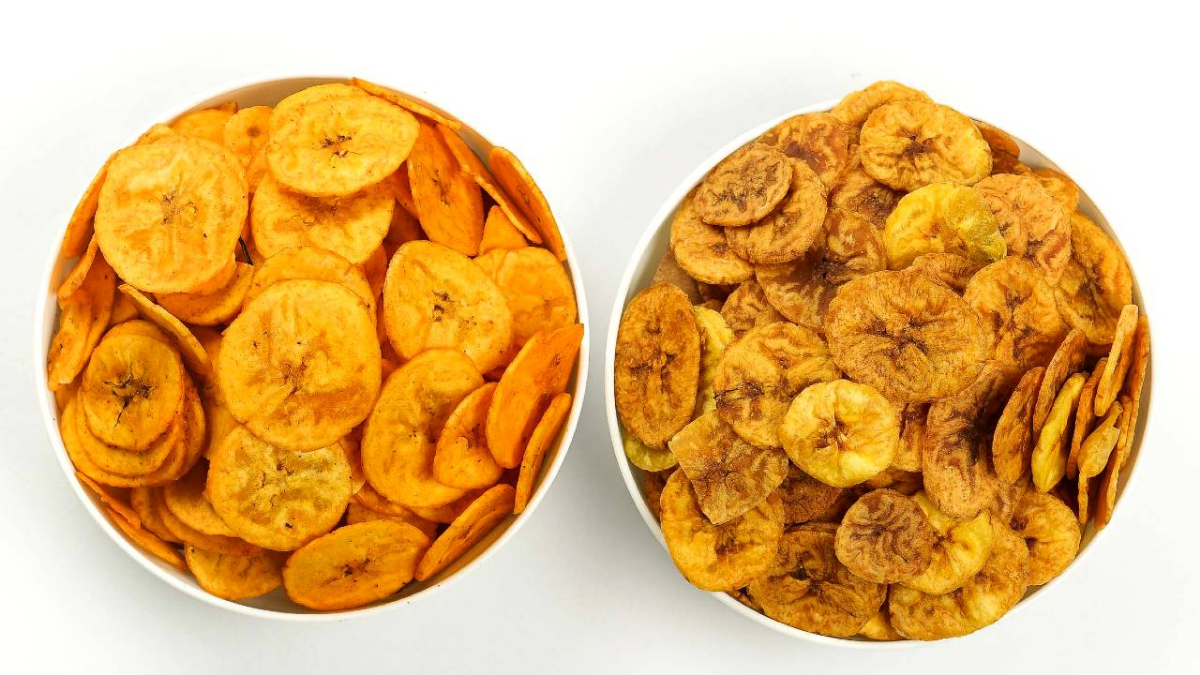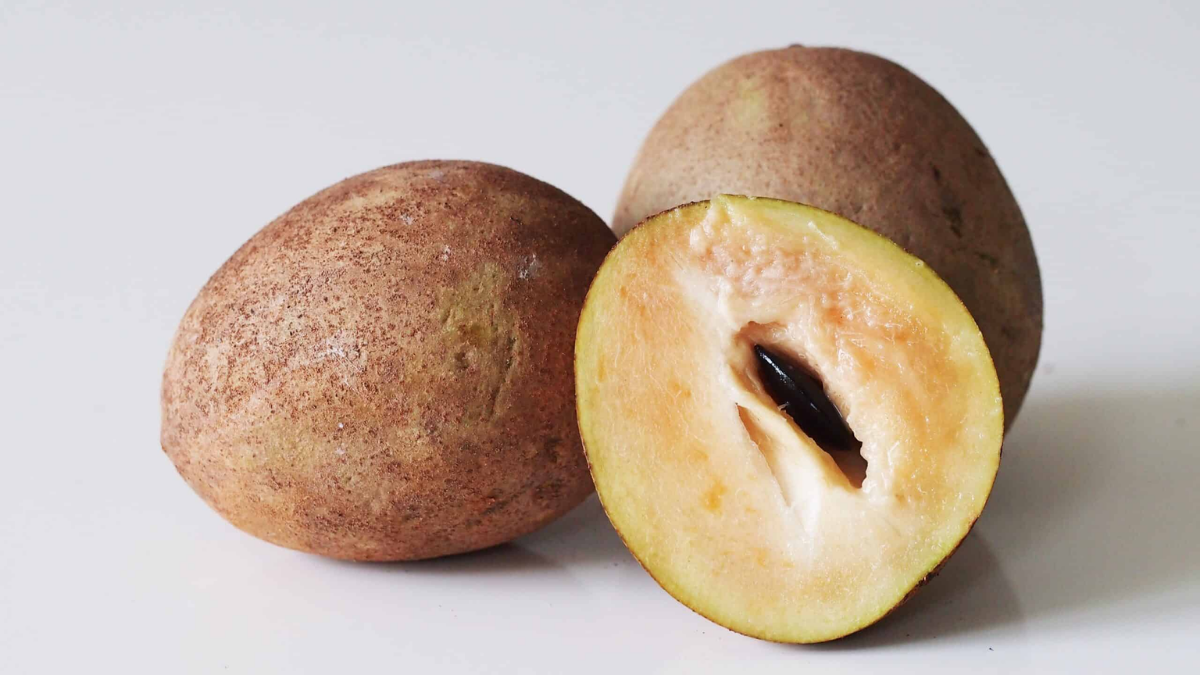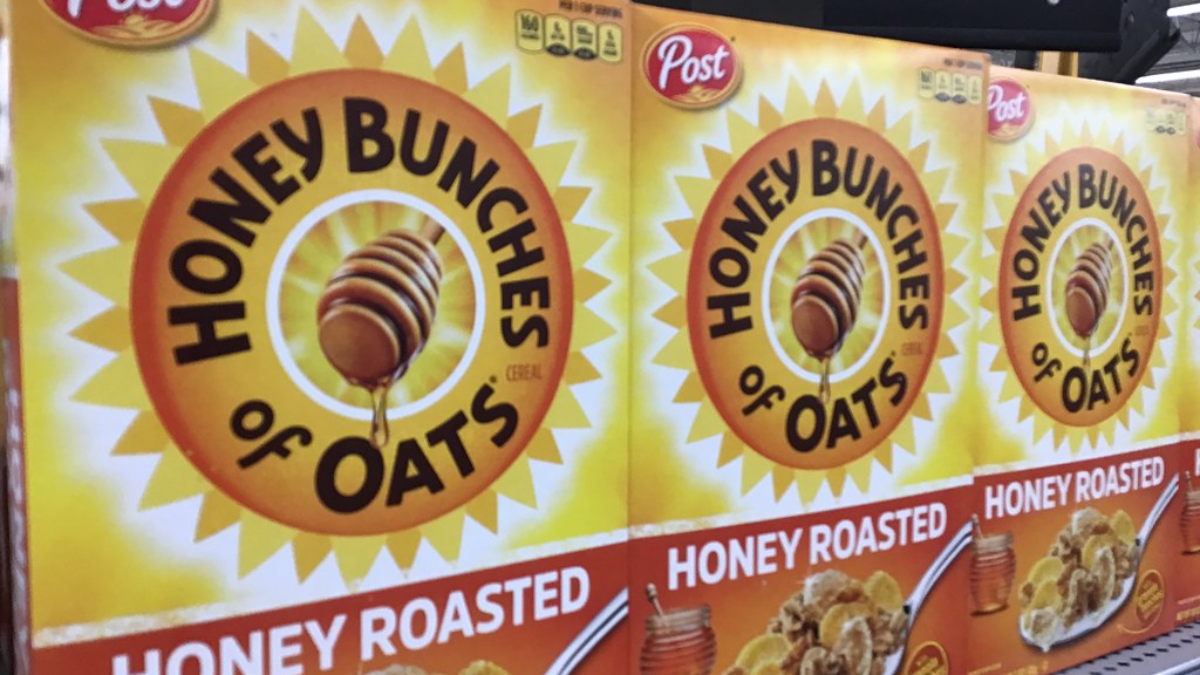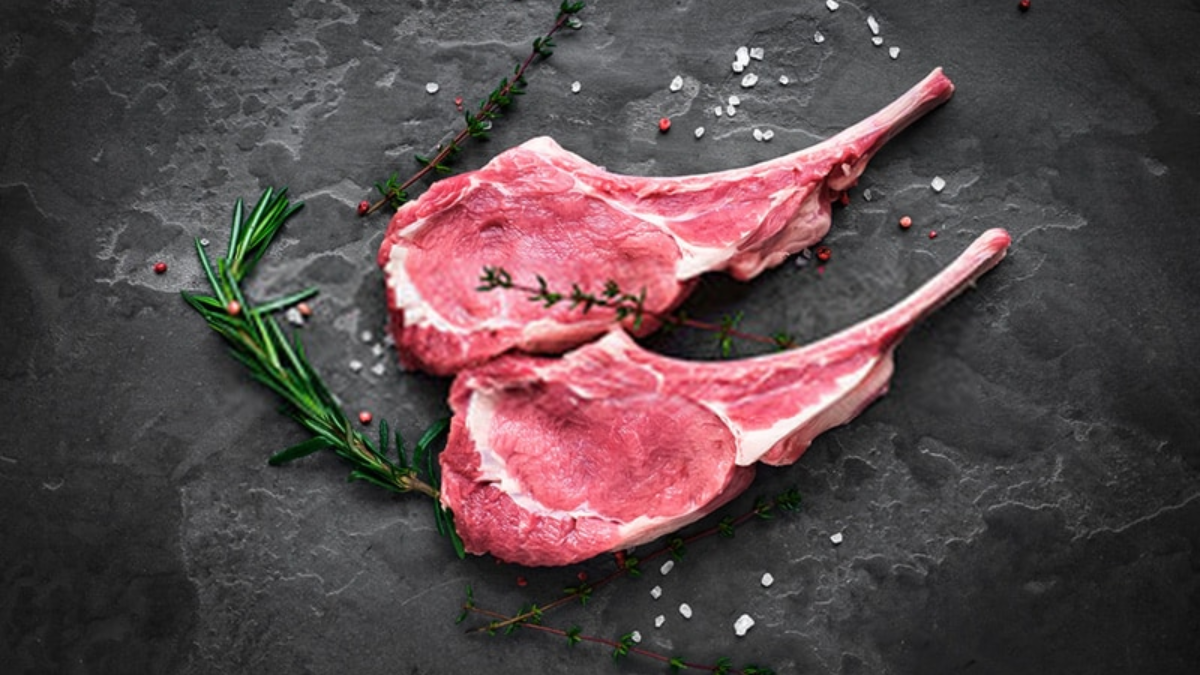Okra Nutrition Facts
Okra is a blooming plant with edible seed pods known as the “lady’s finger.” It thrives in hot conditions and is widely grown in Africa and South Asia. Though technically a fruit, okra is frequently cooked as a vegetable, and Okra is a common ingredient in gumbo. Okra has plenty of nutritional content despite not being a household name in healthy cuisine. Okra has few calories yet is high in nutrients.
